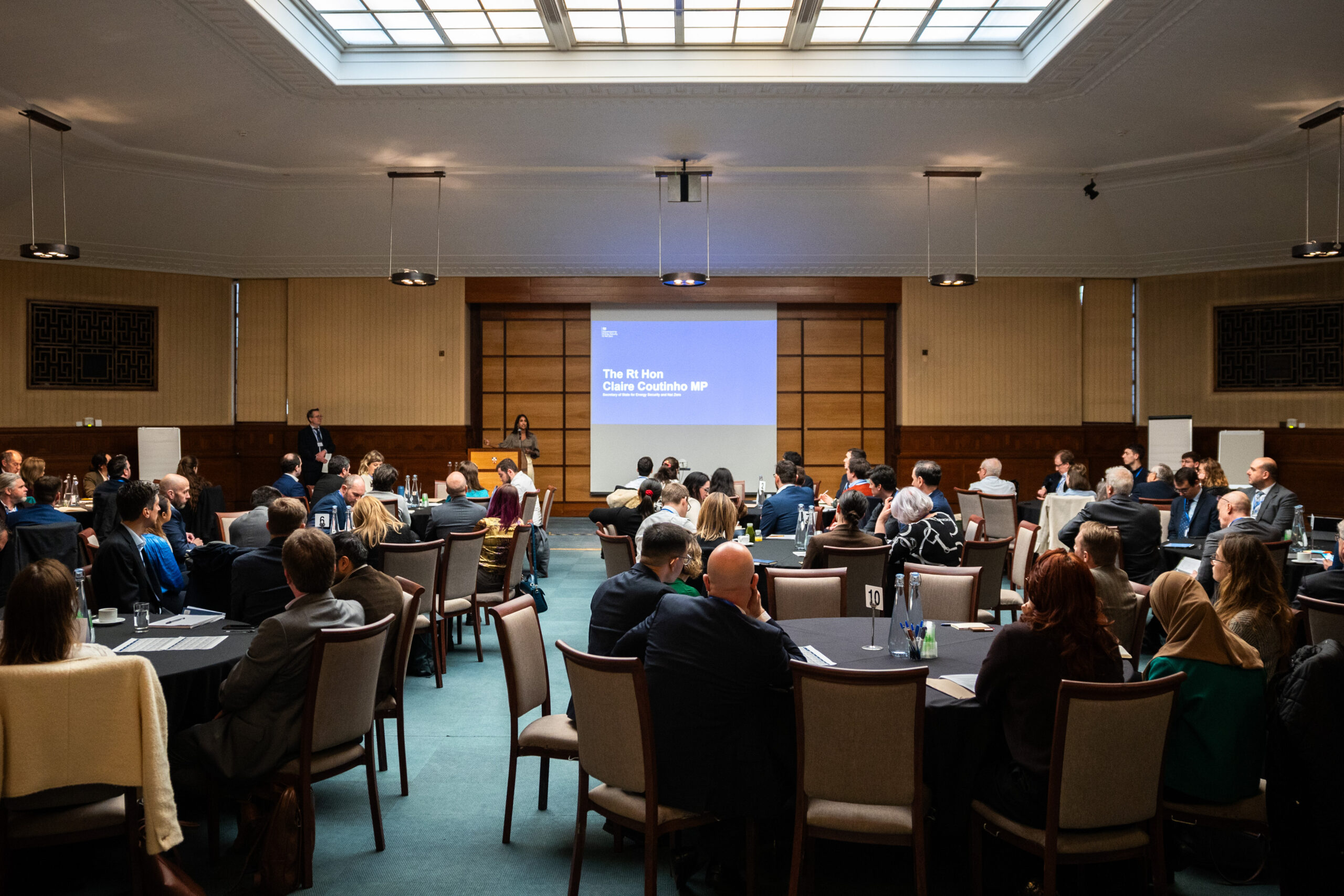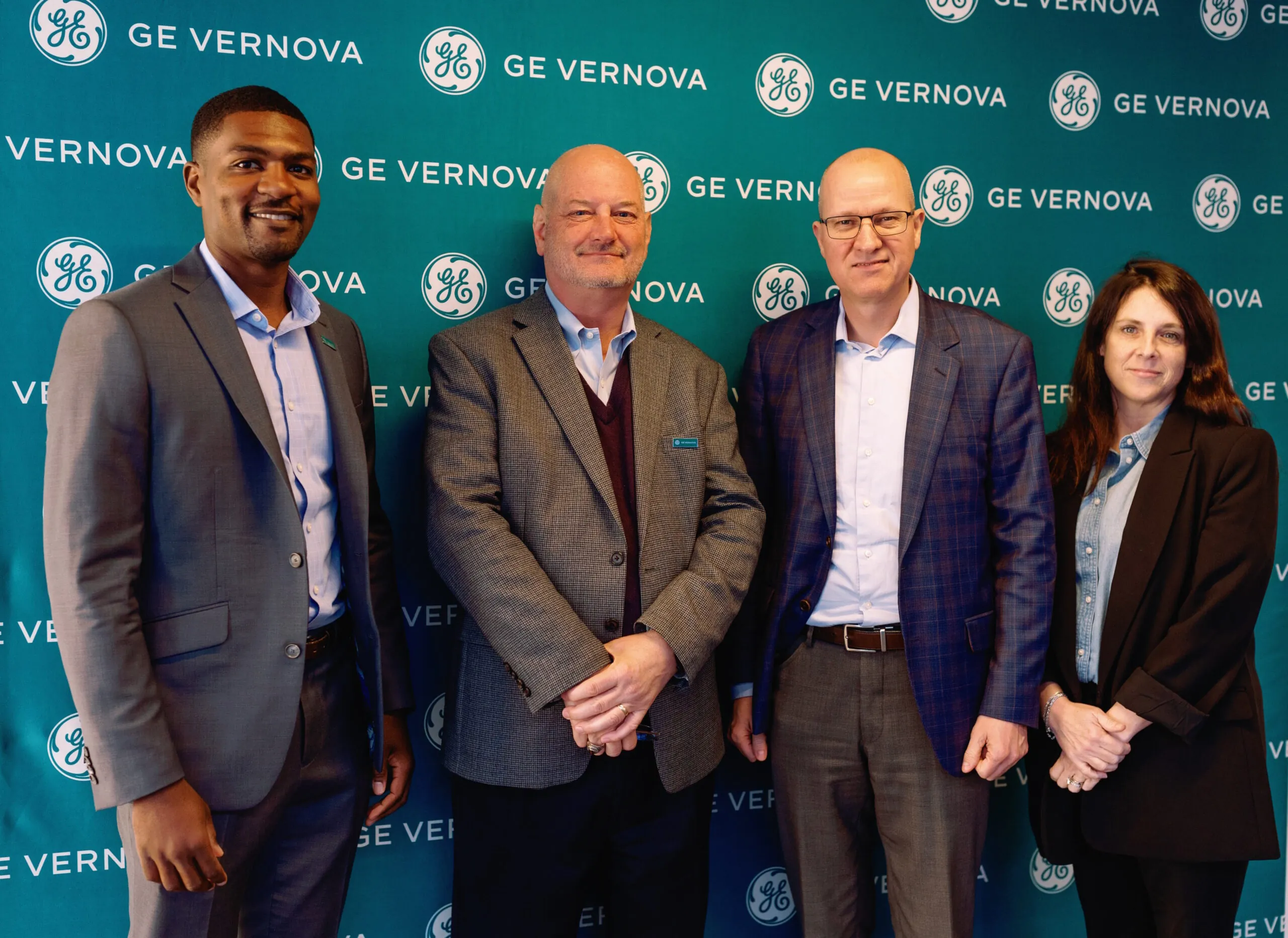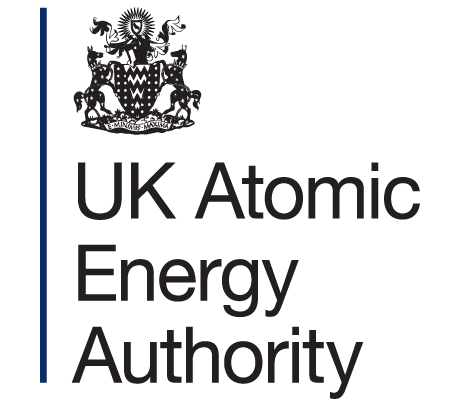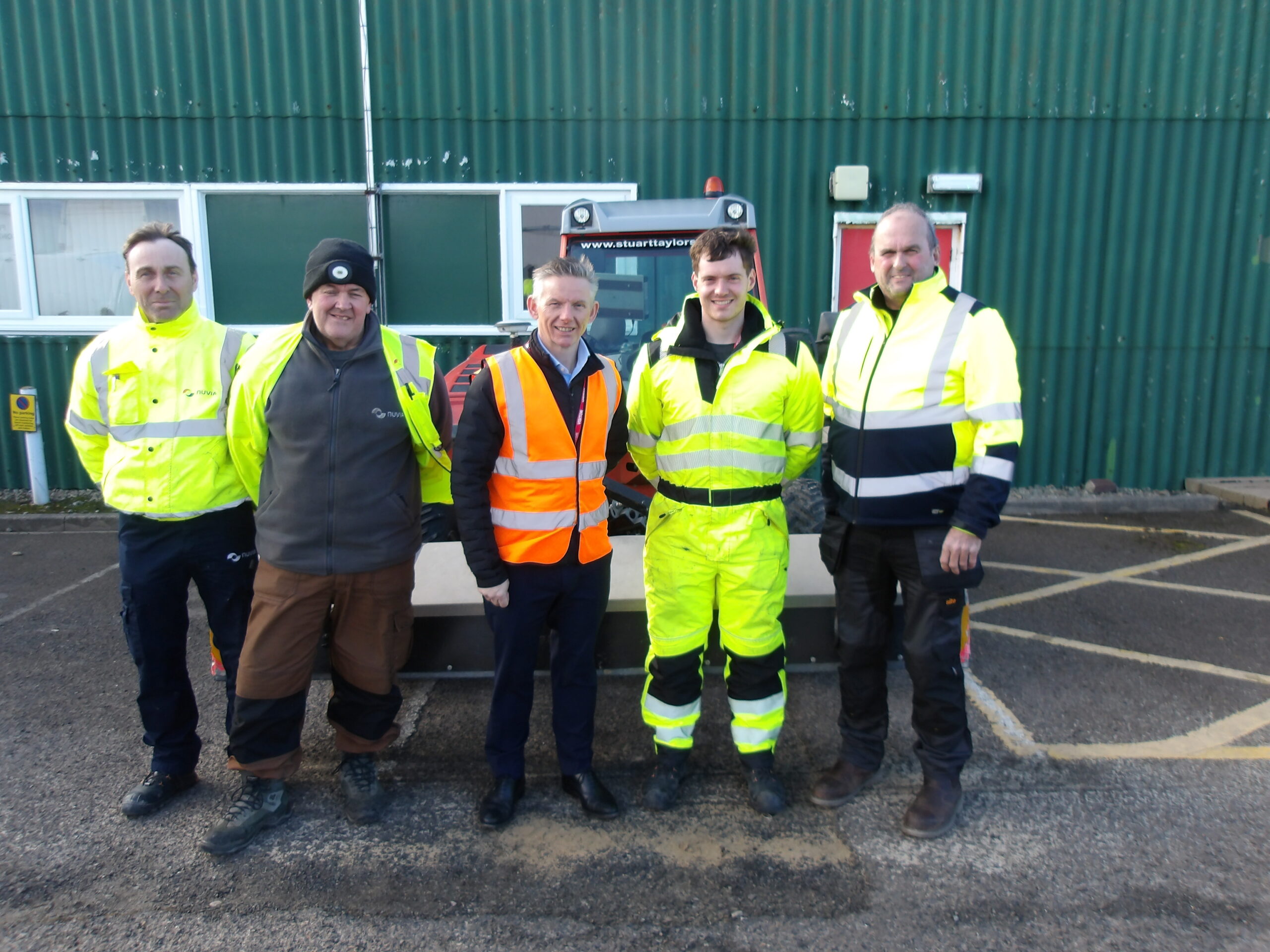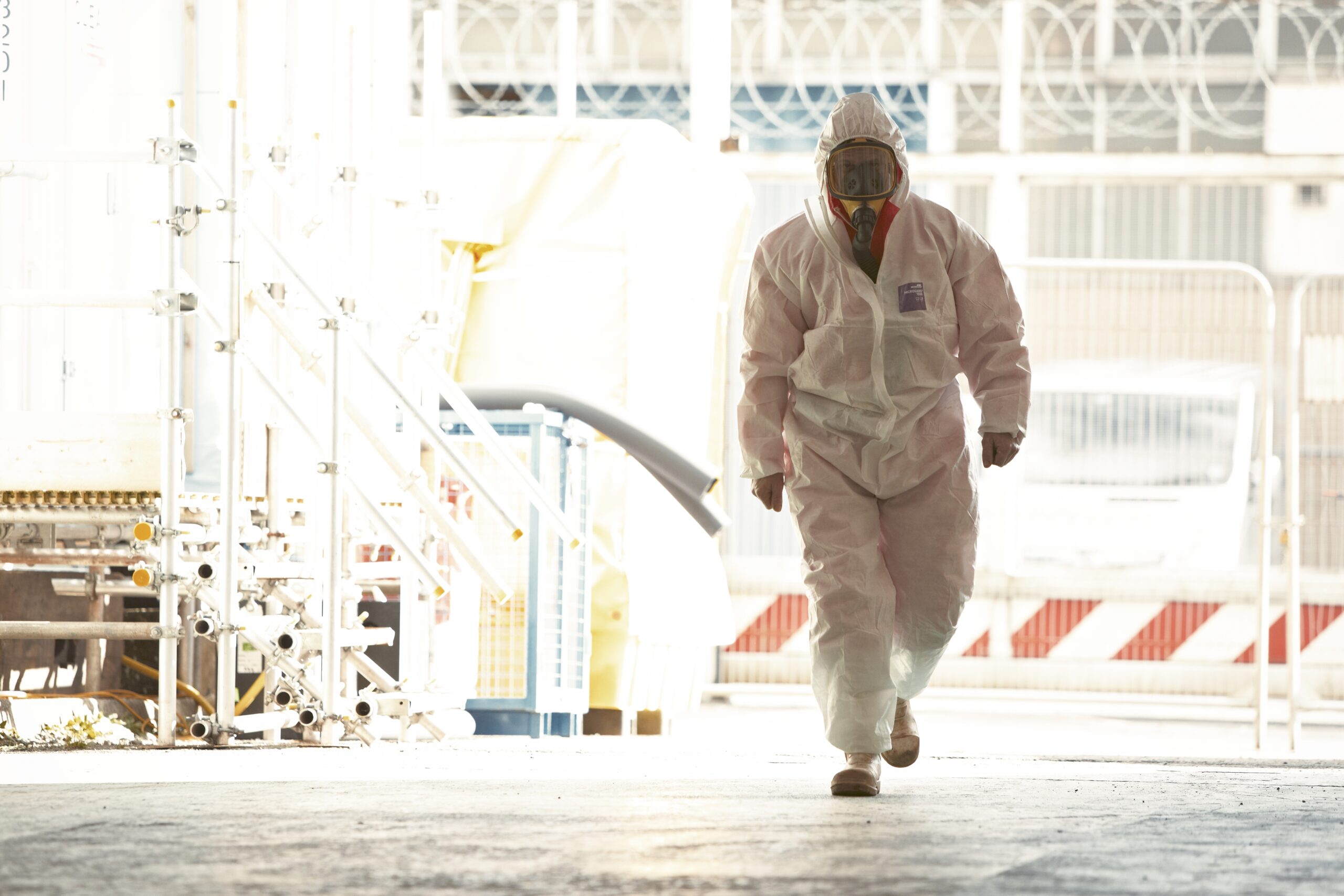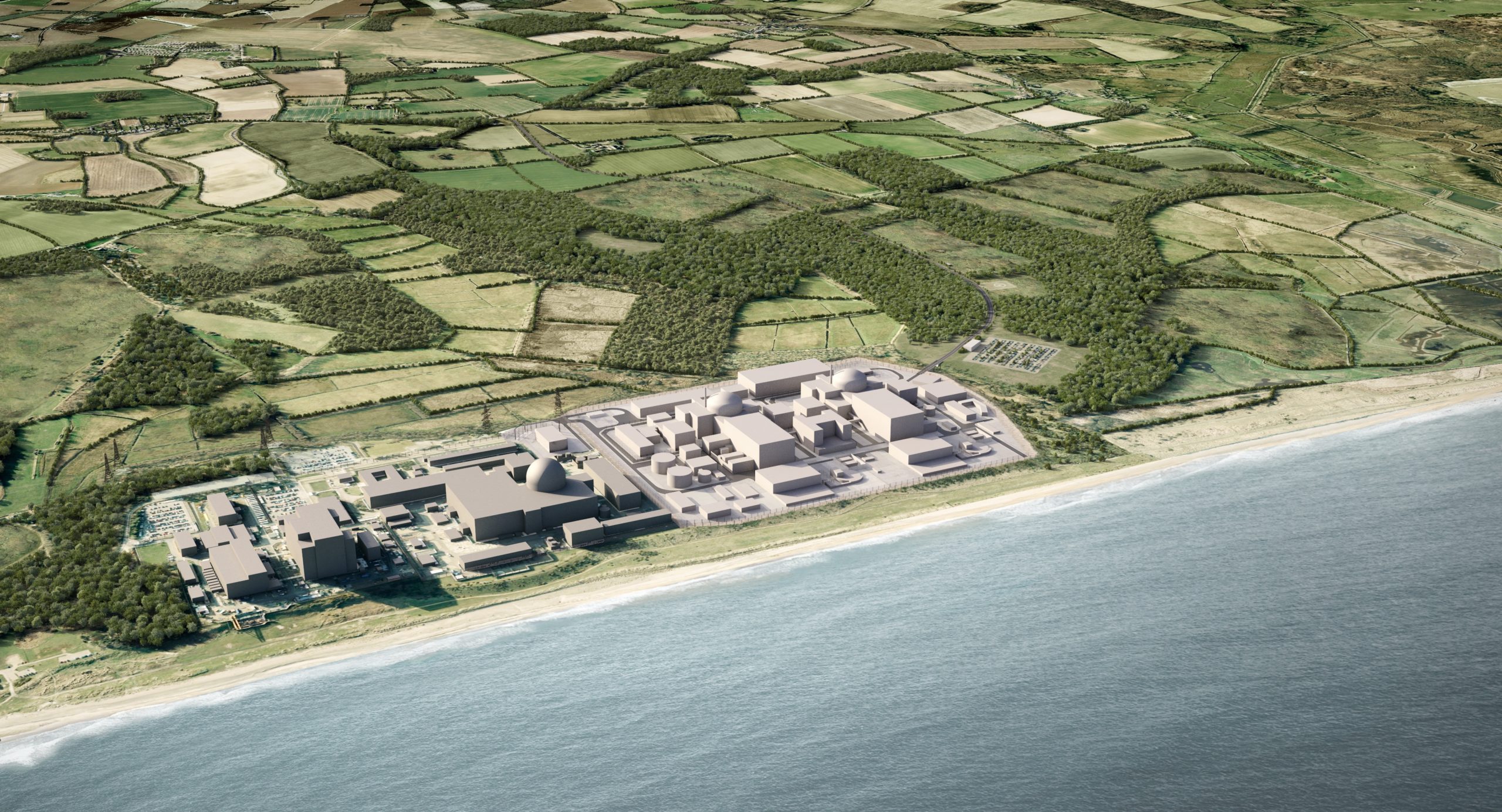The Nuclear Hackathon two weeks ago made me and a 100+ other attendees think about the regulatory steps we can take to deliver nuclear cheaper and faster. Simply put, across the piece, UK regulation has not enabled the pace of nuclear deployment we need for energy security and net zero.
UK versions of reactor designs are more idiosyncratic, more complex and more costly than their foreign counterparts, for no measurable safety benefit. DCO recommendations have not been proportionate to the overwhelming need for low carbon energy to protect the planet and the natural environment. Environmental permitting often overlaps with other parts of the regulatory process and demands repetition of similar information.
Fortunately, the Secretary of State for Energy Security and Net Zero and others have recognised this, and the whole sector is buzzing with ideas to solve it. There were plenty of good ones discussed, many around the idea of clarifying and simplifying the pathway to getting a project over the line, eliminating duplication.
Three of my favourites are pretty damn punchy, but we need to challenge our existing thinking about what’s possible, and we need to think of solutions that are equal to the mammoth task of eliminating emissions and eliminating our dependence on fossil imports.
- Amending the Habitats Regulation, including so that Habitats Regulation Assessments (HRA) are only carried out once by a single authority for a nuclear project. Others are experts in this area, and I defer to them, but anything that will avoid a repeat of PINS recommendation on Wylfa, I am open to. On that project, PINS acknowledged explicitly that project would provide low carbon power 5.5 million homes for 65 years, but recommended against the DCO in large part because Horizon could not prove that a colony of terns would come back to the site after construction, despite Horizon offering better science, mitigation, new habitats, and back-up new habitats. If we are trying for net zero, we can’t have that again.
- Adopting reactor designs approved overseas with no generic changes/ensure UK designs are as simple and operable as possible. The United States, Canada, France, Japan, and South Korea all have good and experienced regulators, and between them they know a lot more about operating particularly light water reactors than we do. The designs they approve are safe, so we shouldn’t change them. Change means more time, more cost, and less ability to engage supply chain learnings. We can’t afford that. Likewise, we don’t want UK designs to end up more complex, less buildable, and thus less competitive on the export market than other designs.
- Related to that, reform or replace the As Low As Reasonably Practical (ALARP) standard in UK law, or clarify the way it is applied, to bring back the RP as well as the ALA. Again others are experts, but Reasonably Practical has to mean that we do cost-benefit analyses of what safety benefit we are actually getting for the extra time and cost we inflict. We have to end the days of design changes to squeeze out doses equivalent to eating a packet of Brazil nuts. I am not religious about how we do it, but we have to do something to ensure that the decisions we are taking balance all the risks we are trying to manage as a society.
The goal of these ideas and many of the others from the Hackathon, is to ensure regulations are proportional to our urgent need for low carbon power for energy security and net zero. At the moment, big picture goals are getting lost in local details, and we are all paying the price.
I’ll tell you one thing: the local impacts of the global phenomenon of climate change will be greater than the local impacts of a few years’ of nuclear plant construction. We should never forget that, and we have to act, and to regulate, with that reality always in mind.
 Lincoln Hill is the NIA’s Director of Policy and External Affairs.
Lincoln Hill is the NIA’s Director of Policy and External Affairs.
